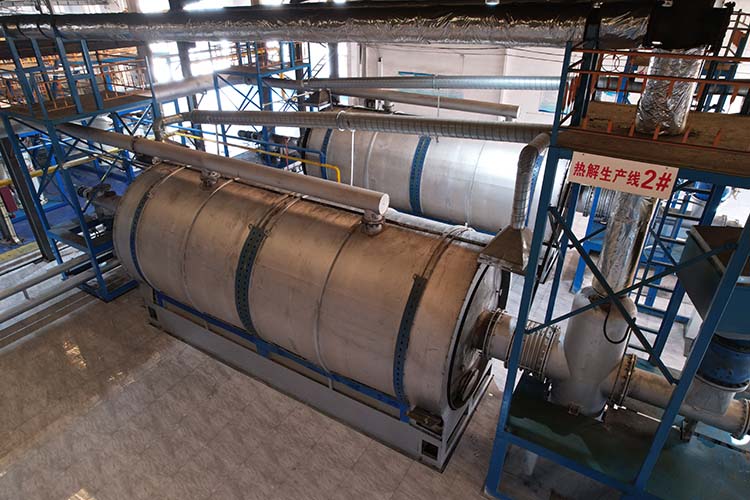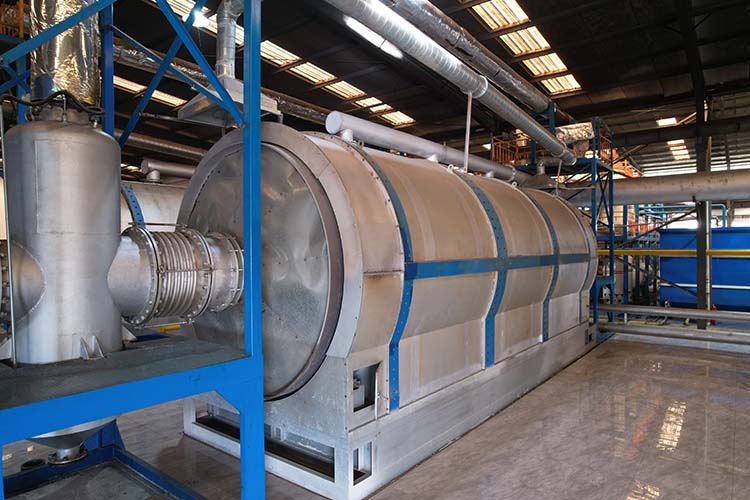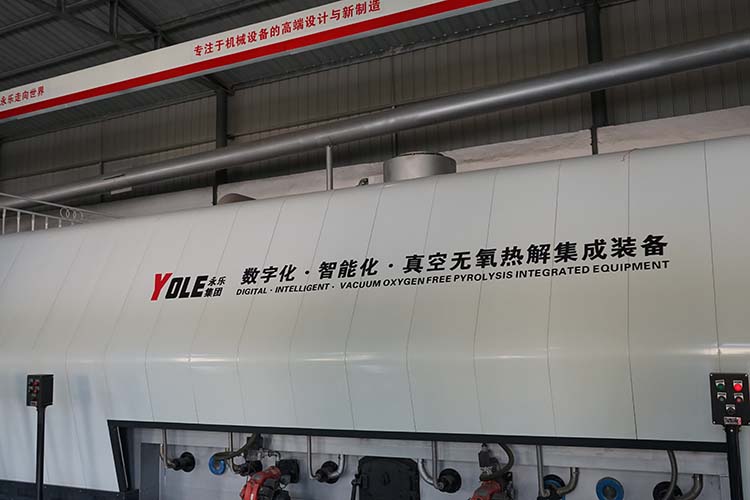The flue ash hazardous waste treatment equipment is an important technological apparatus in the industrial environmental protection field. Its research and application always focus on the core goals of safety, efficiency, and environmental protection. In response to the characteristics of flue ash hazardous waste, such equipment provides reliable technical support for the harmless disposal of industrial waste through scientific design concepts and systematic treatment processes, helping enterprises achieve a balance between environmental responsibility and production efficiency.
The core advantage of flue ash hazardous waste treatment equipment lies in its deep processing capability for hazardous flue ash. Based on the principle of combining high-temperature melting with chemical stabilization, the equipment can effectively decompose heavy metal components in flue ash and stabilize harmful substances through solidification technology. During the treatment process, a multi-level temperature control system achieves precise adjustment of reaction conditions, ensuring that different components of flue ash meet stabilization standards. The equipment adopts a modular structural design, with pre-treatment units, melting reaction units, and flue gas purification units forming a closely connected operational system that guarantees processing efficiency and enhances system operational stability.

In terms of equipment operation, the intelligent control system plays a critical role. Through an integrated operating interface, staff can monitor key indicators in real-time, such as material input, reaction temperature, and pressure parameters, dynamically adjusting operational parameters to fit the characteristics of different batches of materials. The equipment is especially designed with a material adaptability adjustment feature, automatically matching treatment modes based on variability in flue ash moisture content, particle size, and composition, effectively reducing the need for manual intervention. The flue gas purification unit uses multi-stage filtration and active adsorption technology to ensure that the gas emissions produced during the treatment process comply with environmental protection standards.
Considering the complexity of industrial scenarios, this equipment emphasizes practicality and safety in its structural design. The main body of the equipment is made of special alloy materials that are resistant to high temperatures and corrosion. Key areas are equipped with multi-layer protective structures that effectively extend the service life of the equipment. To address potential dust dispersion issues during flue ash treatment, the equipment features a fully enclosed conveying system and negative pressure dust removal device, significantly controlling dust concentration in the working environment. The rational layout of maintenance pathways and quick-access inspection ports makes daily inspections and component replacements more convenient, minimizing the impact of maintenance on production downtime.

In terms of application fields, flue ash hazardous waste treatment equipment has developed targeted solutions for different industrial scenarios. For flue ash generated by waste incineration power plants, the equipment allows for resource utilization through customized treatment processes; for flue ash containing heavy metals from metallurgy, chemical, and other industries, its stabilization treatment effect is particularly notable. The processed products have stable physicochemical properties and meet the requirements for subsequent landfill or building material preparation, truly achieving the dual goals of waste reduction and resource utilization. Moreover, the compact footprint and low energy consumption characteristics enable efficient operation in space-limited factory settings.
To ensure the long-term stable operation of the equipment, manufacturers provide comprehensive lifecycle technical support. From site planning and equipment selection to installation and debugging, a professional technical team formulates personalized configuration plans based on actual working conditions. During operation, a remote diagnostic system can analyze equipment status in real-time and provide early warnings of potential faults. The operator training system covers equipment principles, standard procedures, and emergency plans, ensuring that user units possess the capability for independent operation and maintenance.

As environmental protection requirements continue to rise, flue ash hazardous waste treatment equipment is gradually becoming an essential infrastructure for industrial enterprises to achieve green production. Its technological value is reflected not only in the effective control of pollutants but also in promoting sustainable industrial development through technological innovation. In the future, with the integration of material science and intelligent control technology, such equipment will continue to optimize processing efficiency, energy utilization, and resource recovery, providing a more robust technical guarantee for the coordinated development of environmental protection and industrial production.
Yongle Environmental Protection is mainly engaged in the research and development, production and sales of complete sets of technical equipment for organic solid waste disposal and comprehensive utilization. Production and manufacturing, domestic waste treatment equipment, tire pyrolysis equipment, medical waste disposal equipment, hazardous waste disposal equipment, and achieve efficient and comprehensive utilization of resources through independently developed low-temperature anaerobic pyrolysis equipment technology solutions.
Tags:Analysis of the technical application of fly ash hazardous waste treatment equipment,Fly ash hazardous waste treatment equipment,YONGLE GROUP
 Latest news
Latest news


























